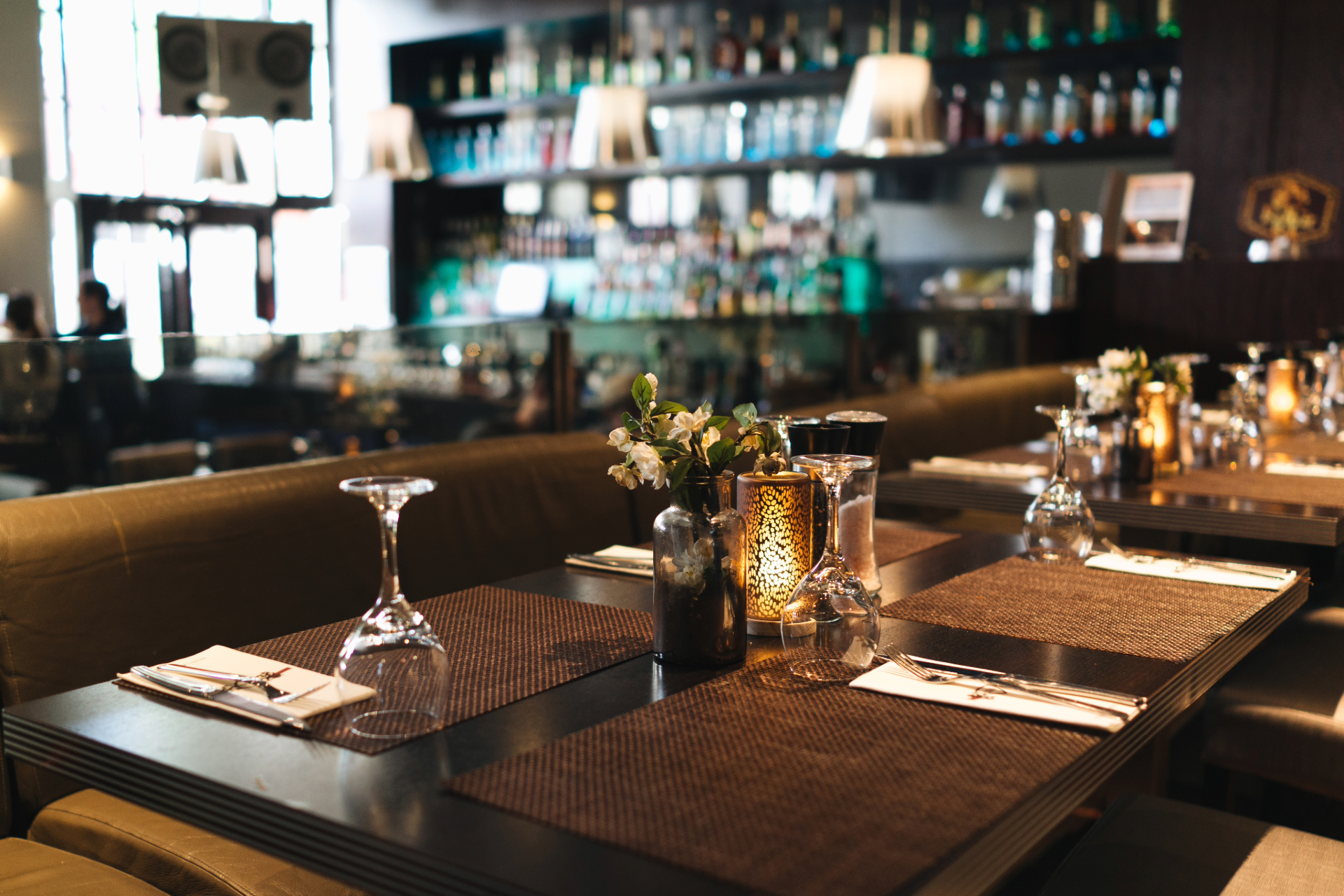Green Dining with DinersAI: How Restaurants Are Going Zero-Waste
Embracing Zero-Waste Operations in the Food Industry
As the world becomes more environmentally conscious, the concept of zero-waste is making significant inroads into various industries, notably in the restaurant sector. Establishments are now pioneering innovative approaches to minimize their ecological footprints. One such breakthrough technology aiding this transformation is DinersAI, a tool designed to help restaurants achieve zero-waste operations efficiently and sustainably.
The Role of DinersAI in Achieving Sustainability
DinersAI is a cutting-edge artificial intelligence platform that assists eateries in reducing waste at every level of operation. From inventory management to customer engagement, DinersAI analyzes patterns and predicts outcomes, enabling better decision-making that aligns with sustainability goals.
For instance, DinersAI can forecast customer demand more accurately, ensuring that restaurants prepare the right amount of food each day. This precision helps minimize surplus while satisfying customer needs effectively. Additionally, the platform offers insights into optimizing resource allocation, such as determining the best use of ingredients to reduce leftovers and avoid spoilage.
Sustainable Sourcing and Menu Innovation
In the pursuit of zero-waste, sourcing plays a pivotal role. Restaurants are increasingly turning to locally sourced ingredients not only to support local economies but also to decrease transportation-related carbon emissions. DinersAI enhances this effort by identifying local suppliers and seasonal products, allowing chefs to plan menus that are both sustainable and fresh.
Moreover, restaurants are rethinking their menu designs by incorporating dishes that utilize whole ingredients. For example, broccoli stems, often discarded, are used in stir-fries or as a base for soups. DinersAI assists in recipe development and layout, ensuring that each part of an ingredient is utilized, thereby promoting a more sustainable culinary practice.
Enhancing Customer Engagement Through Sustainability Education
An essential component of the zero-waste movement is customer participation. Restaurants are not only altering their operations but also educating customers about the importance of sustainability. Through DinersAI, restaurants can provide diners with insights into how their meal choices impact the environment. This information is often presented via interactive digital menus, which outline the carbon footprint of dishes.
By making this data accessible, customers are encouraged to make more environmentally friendly choices, aligning their dining experience with their values. This proactive engagement helps cultivate a community of informed consumers who support sustainable practices.
Waste Management and Recycling Innovations
Beyond preventing waste at the source, proper waste management and recycling are crucial. DinersAI is instrumental in implementing effective waste management systems within restaurants. It tracks waste production and provides recommendations for composting and recycling, which not only helps restaurants reduce their landfill contributions but also turns waste into valuable resources.
For instance, organic waste can be composted and used in community gardens, closing the loop in the food production cycle. Meanwhile, DinersAI can facilitate partnerships with recycling firms to ensure that non-compostable materials are processed properly, further reducing the environmental impact.
Conclusion: The Future of Dining is Green
The zero-waste movement in the restaurant industry is gaining momentum, and technologies like DinersAI are at the forefront of this revolution. By leveraging artificial intelligence, these establishments can operate more sustainably while providing customers with a unique, environmentally responsible dining experience.
As more restaurants adopt such technologies, the vision of zero-waste dining becomes increasingly attainable. This shift not only benefits the environment but also enhances the economic and social structures of local communities. With continued innovation and community support, the future of dining can indeed be green, proving that sustainability and gastronomy can go hand in hand.





